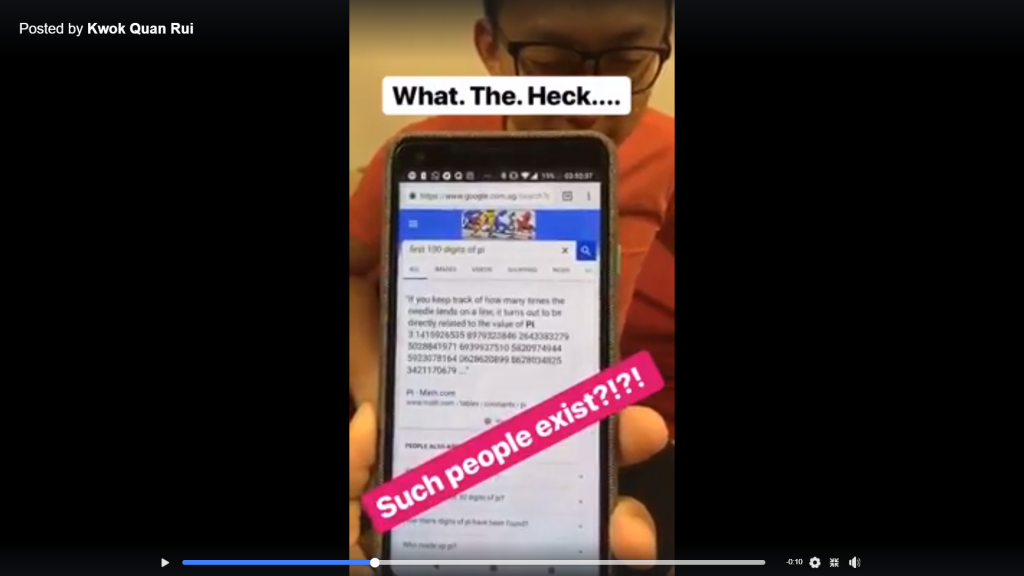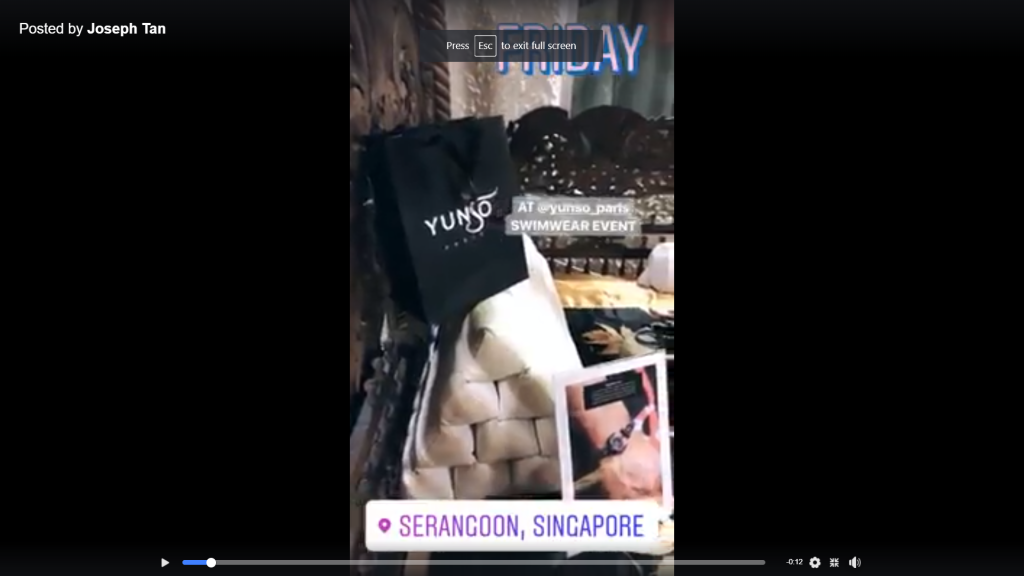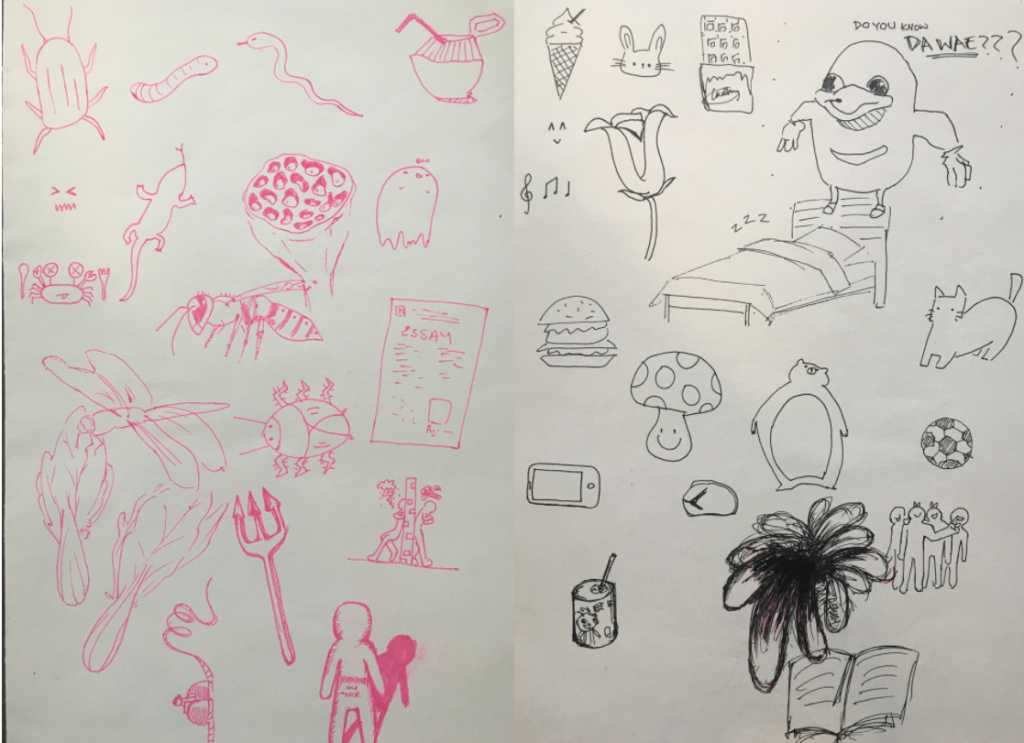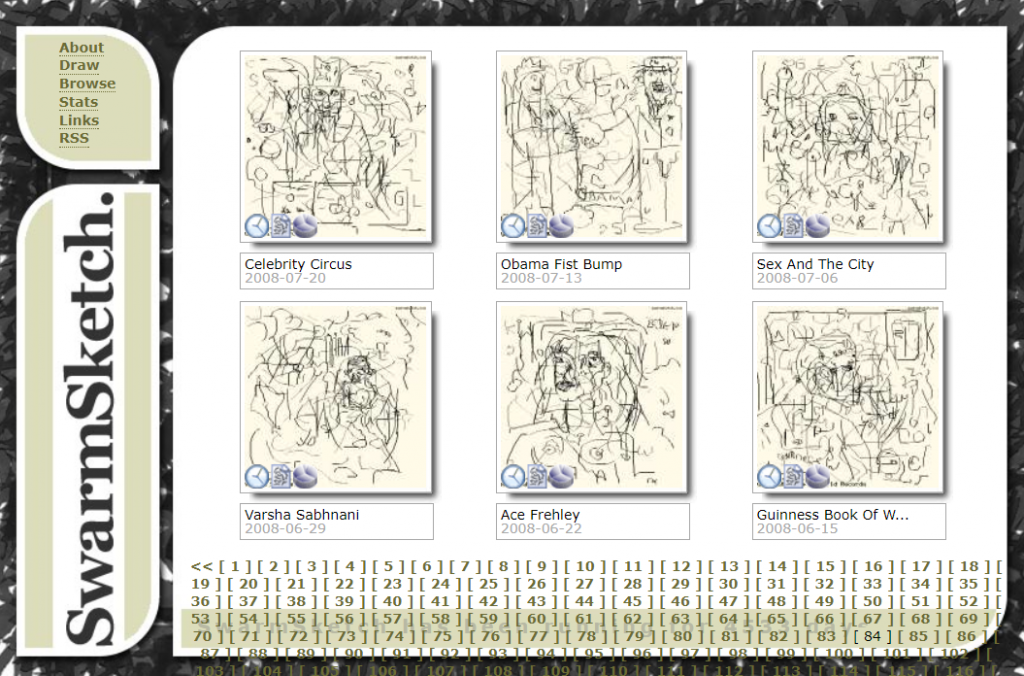“The user has to realise that improving is nothing more than a proprietary protocol, a deluded consumer myth about progression towards a holy grail of perfection. ”
Glitch Studies Manifesto, Menkman, R.
The conventional way that we see things nowadays as practical, improving human beings is that the only way to go is up. Everything has to be newer, better or more technologically advanced in order for it to be considered desirable, and I found that concept so toxic and boring. The idea that the old always has to make way for the new, that everything that can and should be wanted should be what we envision them to be; brand new, shiny and wrapped in a thin piece of plastic just to protect it from scratches.
Perhaps there doesn’t have to be a world where the only things that are worth paying attention to are the things that are still shiny and squeaky from just being unboxed. Perhaps everything that has been taught to us, that new is always better, is a lie, and that there is an equal amount of beauty in death and decay as there is in having to constantly try to upgrade and be better. The idea that having to constantly climb up a steep hill of improvement being a consumer myth really intrigued me, and I feel that Menkman R. has a point in saying that we were trained to look this way, especially with the way advertising and commercialising has come.
Everyday we are fed the idea that new is always better, that we should always work hard to afford nice things. The latest phones, the newest clothes, the hippest clubs in town are just some of the everyday things that people dream of having or wanting, and maybe we would not have been that way if not for the 21st century atmosphere.
I wanted to create a project that made people have a new way of looking at things and especially people.
“Those systems might be broken, they might be glitched, and they might be imperfect and noisy, and that might be what attracts us or me to those systems. But still they are functional or functioning in one way or another systematically. So they are connected to one another as assemblages.”
John Cates
Just because rotting fruits are imperfect and unwanted by us does not mean that they are not functional or functioning in another way. In the viewpoint of John Cates, the rotting fruits are just another step in mother nature’s plan. Only because they are of no use to us that they are deemed as unwanted, useless and disgusting. At the end of the day, these fruits will be homes to flies and maggots or be food to other animals and insects, and thus become an important part of the cycle of life and death.
Symbolically, I wanted them to stand for society as different sections and representations of people in the society that we live in. People all peak at different times in their lives; just because they aren’t who they want to be right now does not mean that they will not get there, and it also does not mean that you, as another human being, have any right to judge whether or not they will get anywhere.
Perhaps it is just in us to only notice the things we seek; to look at the wealth that people have, or the cars they drive or the homes they own. Parallel to Menkman’s mindset, my project aims to allow people to understand that perhaps, just because some people aren’t what we are looking for, does not mean we necessarily don’t need them. Perhaps always looking for people better or more skilled than ourselves is a mindset that we’ve been trained and forced to adapt to, that it may not be the best for us.










